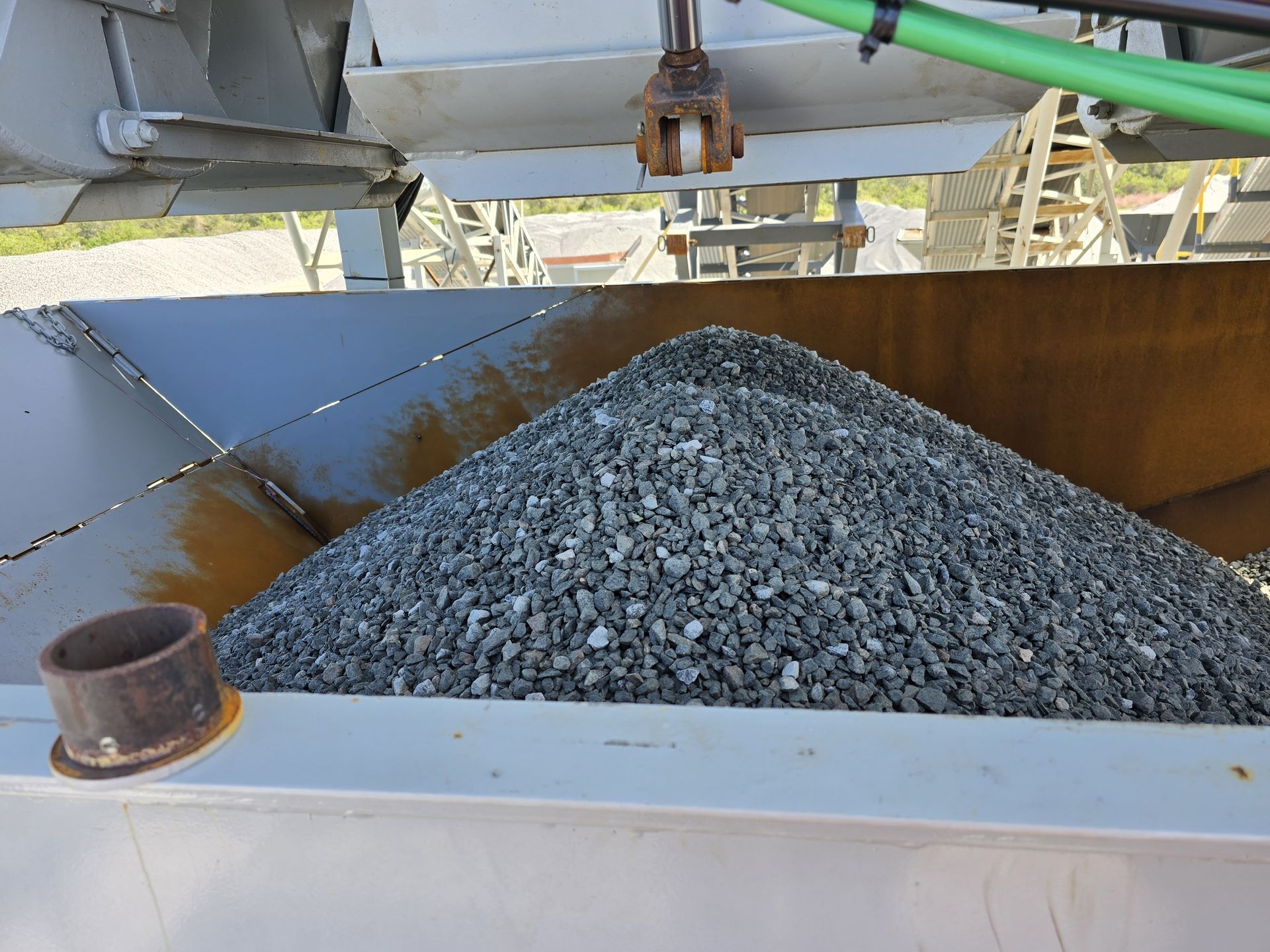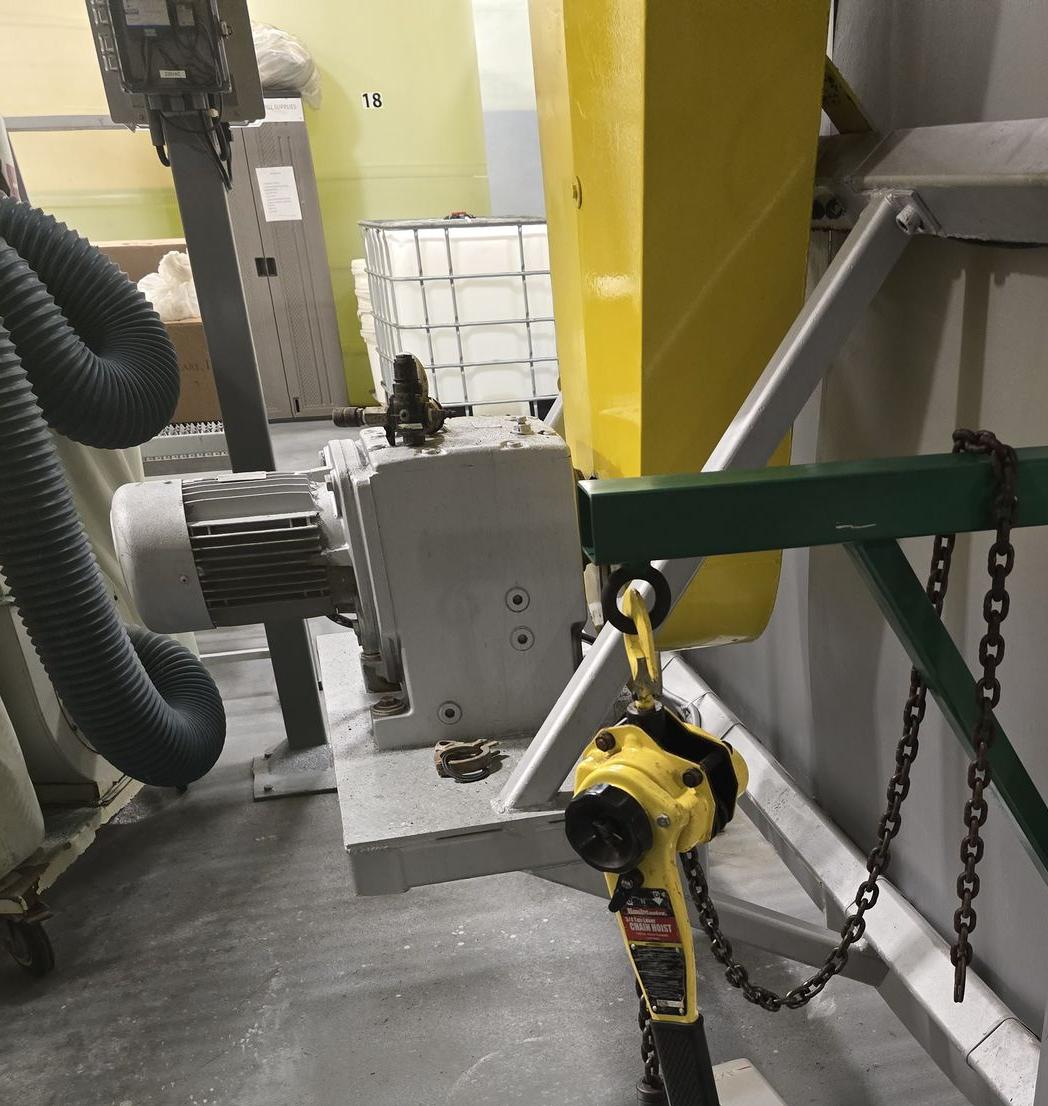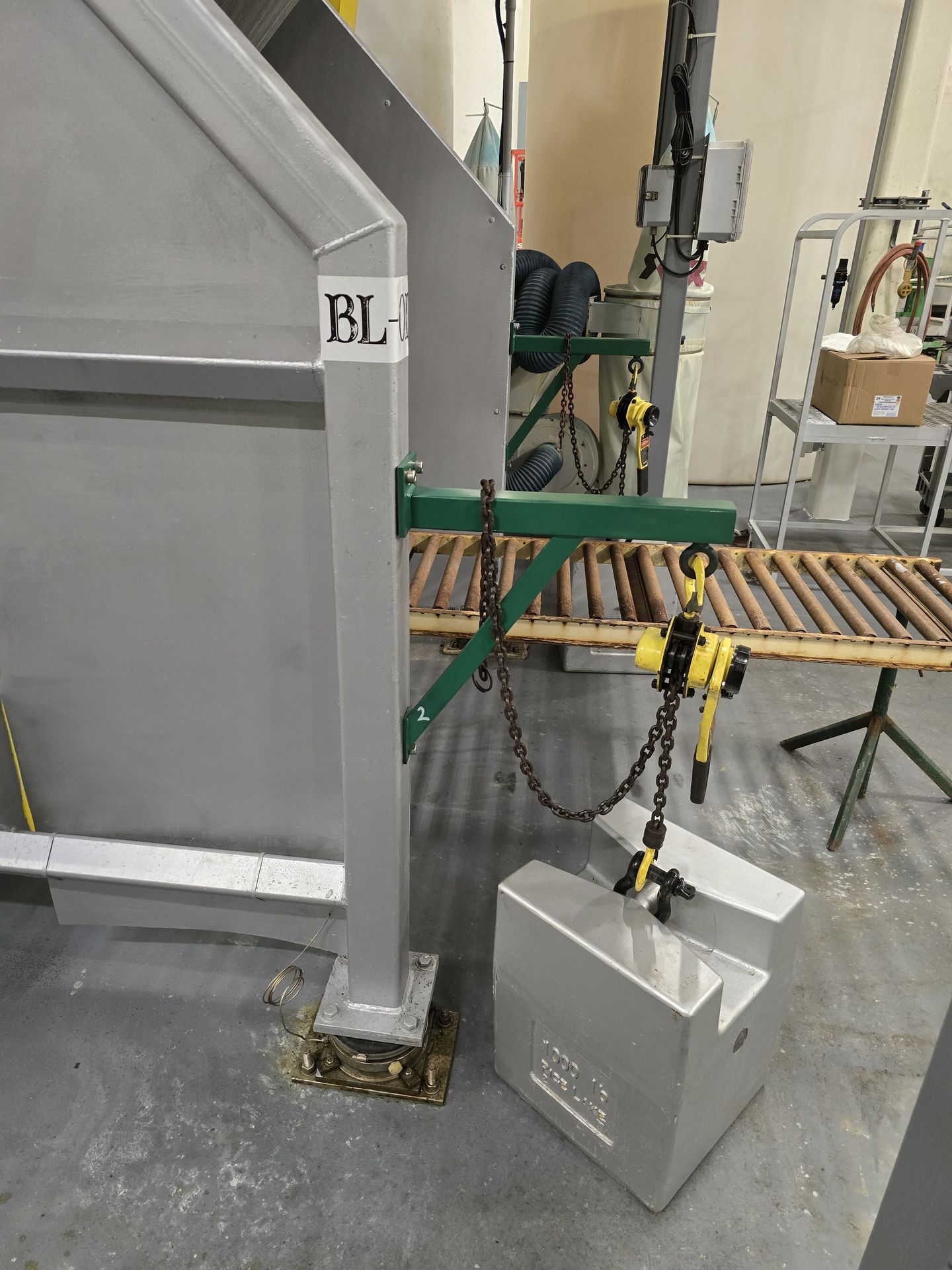Why Load Cell Selection Matters in Mixing Applications
If your facility uses tanks or vessels with mechanical mixing, blending, or agitation systems, the wrong load cell choice can lead to:
- Inaccurate batching and formulations
- Premature component failure from vibration or side-loading
- Increased downtime and maintenance costs
- Costly rework or wasted product
For plant managers, engineers, and maintenance teams, understanding the mechanical and operational forces on your weighing system is critical to making the right investment.

Key Factors to Consider When Specifying Load Cells
1. Dead Load of the Vessel
The dead load is the empty weight of your tank, hopper, or vessel.
- Often available from the tank manufacturer or shipping documents
- Must be included in capacity calculations for the load cells
- Load cells must handle dead load + live load while still offering the sensitivity (smallest “count by” increment) needed for accurate formulations
2. Maximum Batch Weight
- Are you mixing heavy, dense materials like cement slurry?
- Or lighter products like egg whites and sugar?
If your product range varies widely, you may need separate weighing systems for heavy and delicate batches. Oversizing for the heaviest recipe can reduce sensitivity and accuracy for lighter products.

3. Dynamic Forces from Mixing
Mixers create vibration, torque, and shifting loads that can damage load cells if not accounted for.
- Industrial bread dough mixers, for example, create intense forces
- Proper load cell isolation prevents overload or fatigue
- Protects your investment and reduces downtime

4. Center of Gravity Considerations
If the drive motor or agitator is mounted off-center, it can cause uneven load distribution.
- The imbalance may overload certain load cells
- Verify that the weight distribution across all cells is within tolerance
- Even small offsets can impact calibration and accuracy
5. Calibration Access
One of the biggest cost drivers in tank and hopper calibration is the ability to safely apply certified test weights.
- Limited flat spots or obstructions make this difficult
- Best practice: Integrate weight-loading arms or mounts during installation
Example: We worked with a customer to install steel arms on the vessel frame so we could hoist 4,000 lbs of NIST-certified test weights quickly. Without this, calibration would have been nearly impossible due to the tank’s design.

Why the Right Load Cell Choice Lowers Your Total Cost of Ownership
Selecting the correct load cell setup for your mixing tank or vessel scale:
- Improves long-term accuracy
- Reduces unplanned downtime
- Makes calibration easier and faster
- Protects against premature load cell failure
📞 Contact Peninsula Scale to schedule a free on-site evaluation with your production and engineering team. We’ll help you design a weighing system that delivers the lowest total cost of ownership for your mixing, blending, formulating or batching operation.